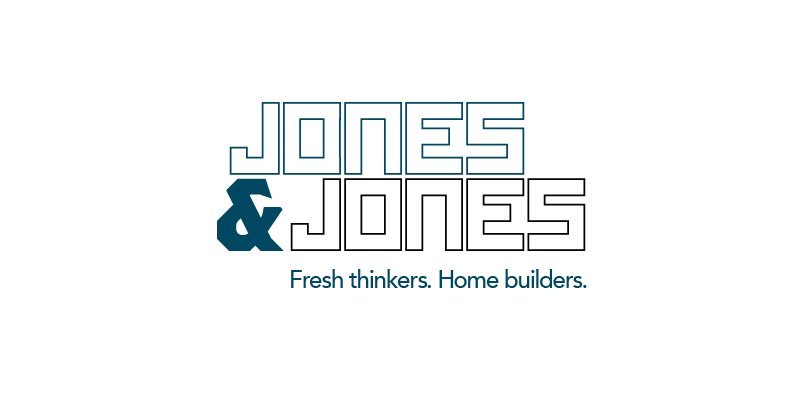How Bank Appraisals Impact the Cost of Building a Custom Home in Wisconsin
When building a custom home, most homeowners think in terms of design, finishes, and budget. But if you’re financing the build, there’s a critical piece of the puzzle that often gets overlooked: the bank appraisal.
An appraisal can significantly affect how much of your home’s cost the bank is willing to finance — and that directly impacts your loan, your out-of-pocket investment, and the overall success of your project.
What Is a Bank Appraisal for New Construction?
Before a construction loan is finalized, lenders require an appraisal to confirm the projected value of your new home. Unlike appraisals for existing homes, new construction appraisals are based on plans, specifications, and comparable sales of recently built homes in your area.
Appraisers use three main methods:
Cost Approach – Estimates what it would cost to build the home from scratch, factoring in land, materials, and labor.
Sales Comparison Approach – Looks at recently sold homes (“comps”) with similar features, square footage, and locations.
Income Approach – Rarely used for single-family homes, but may apply for investment properties.
For most custom homes, the sales comparison approach carries the most weight — which means the appraiser is looking closely at what’s “normal” for your market.
Why Luxury Upgrades Don’t Always Appraise Well
Many homeowners want to invest in premium features — imported tile, high-end countertops, or top-of-the-line appliances. While these upgrades enhance comfort and style, appraisers often don’t value them at full cost because:
They’re highly subjective. What you see as a $25,000 must-have appliance package may only add a fraction of that to resale value.
They may be above market norm. If similar homes in your area don’t include those upgrades, the appraiser may treat them as over-improvements.
Market comps rule the day. Appraisers rarely “credit” custom upgrades dollar-for-dollar if local comps don’t support it.
This mismatch can leave homeowners frustrated when their loan doesn’t cover as much as expected.
How Basement Finishing Helps Balance the Equation
One of the smartest ways to manage appraisal risk is by finishing your basement. Here’s why:
Adds usable square footage. While basement space is often valued below above-grade living space, it still contributes significantly to overall appraisal value.
Lowers your average cost per square foot. Because finishing a basement is more economical than adding above-grade square footage, it helps offset high-end finishes elsewhere.
Provides stronger comps. Many Wisconsin homes include finished basements, so appraisers are more likely to have comparable data to justify the added value.
Helps offset appraisal “gaps.” If your finishes outpace the local market, a finished basement can help “absorb” that cost and bring the valuation closer to your actual build price.
Put simply: finishing your basement isn’t just smart for livability — it’s strategic for financing.
Tips for Maximizing Appraisal Value
If you’re heading into a custom build with financing, here’s how to make the appraisal work in your favor:
Provide thorough documentation. Floor plans, detailed specifications, and cost breakdowns give appraisers a clearer picture of your home’s value.
Ask your builder to help. An experienced builder knows how to present plans in a way that highlights true market value.
Stay in line with the market. While unique features make your home yours, appraisers value consistency with other recent builds in your area.
Think space first, luxury second. Expanding functional living area — like finishing a basement — often gets more reliable valuation than adding top-tier finishes alone.
Communicate with your lender. If you’re planning upgrades, let your loan officer and builder know early so expectations can be aligned before appraisal.
Why Working with the Right Builder Matters
Builders who understand appraisal dynamics can help you avoid costly surprises. At Jones & Jones, we guide clients through this process by:
Designing homes that balance personalization with long-term value.
Strategically incorporating finished basement space to maximize appraisal potential.
Preparing detailed documentation for lenders and appraisers.
Offering transparency in costs so you know what’s likely to be covered — and what may require additional out-of-pocket investment.
Final Thoughts
A bank appraisal isn’t just paperwork — it’s the gatekeeper for your financing. By understanding how appraisers view custom homes, you can make smarter design choices, protect your budget, and set your project up for success.
If you’re considering building a custom home in Wisconsin, contact Jones & Jones today to schedule a consultation. We’ll help you design a home that not only fits your lifestyle but also makes sense in the eyes of the bank.
